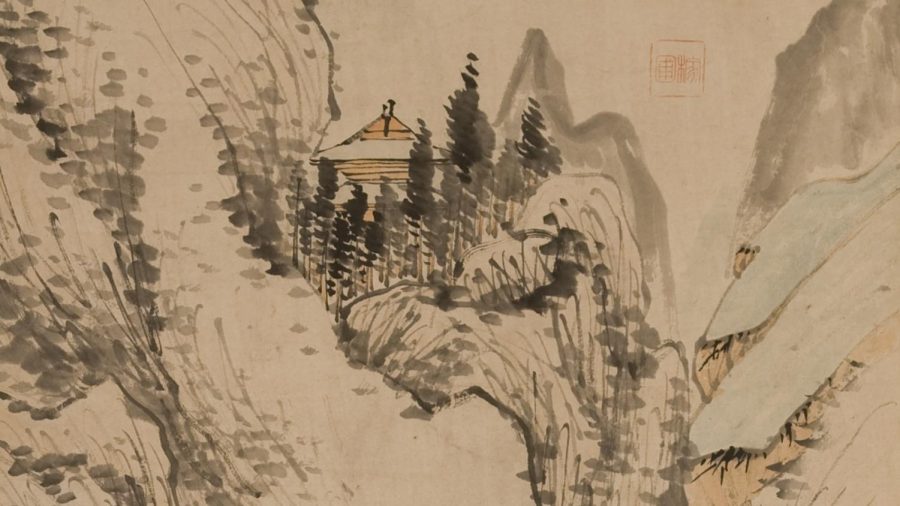Music and Art Combine in New UMFA Exhibit ‘Sight & Sound’
May 1, 2021
If you have ever looked at a painting and wondered what the painting would sound like, the “Sight & Sound” project, hosted by the Utah Museum of Fine Arts, might be able to tell you. The project, conceived by University of Utah assistant professor and head of composition Elisabet Curbelo, pairs ten U School of Music students’ original musical compositions with works of art in the Museum’s permanent collection.
Curbelo, with UMFA coordinator of adult and university programs Meggie Troilli, created the project as a way to help her students improve their composition skills by drawing inspiration from other disciplines. Initially, the project was focused on Curbelo’s first-year composition seminar students with plans to host a live concert with the performers playing their pieces near displays of the artwork. Unfortunately, the pandemic forced changes to the original plans. Curbelo and Troilli decided to expand their call for music for the project to include undergraduates, graduate students and Ph.D. students.
The student composers are Zheng Zhou with “Glen Echo,” Dallas Herndon with “Micromorphosis,” Sebastian Bate with “The Lions,” Nelson Leduc with “Pleasant News,” Benjamin Tufte with “Two Pines. Manitou, Colorado,” Alex Porter with “Fall-Leaves-Fall,” Abby Broadbent with “Drowning Waterfalls,” Garrett Woll with “To the Ocean,” Ammon Helms with “Honfleur” and Alexandra Ryan with “μητέρα.” The musical pieces are performed by the New Music Ensemble directed by Dr. Igor Iachimciuc and the String Quartets directed by Dr. Hasse Borup.
The online video showcase, recorded by a team of students supervised by Mike Cottle with video creation by UMFA digital media coordinator Emma Ryder, is hosted via Vimeo with a short description of each composition and piece of art. Many also detail the reasons the musician chose the artwork and made the decisions they did as they composed their sounds.
The artwork ranges in style, technique and medium, from ink to oil and sculpture. The musical pieces also vary in tone, composition and mood, creating movement and punctuation with violins, woodwinds and horns. Each video displays the art without distracting from the music and wonderfully showcases the skill and talent that has been put into the musical responses to these pieces. It’s refreshing to consider how a project like this might help students grow as creators and showcase the creativity that pushes beyond their usual routines and comfort zones.
Connecting different artistic disciplines is not a new idea, but this project delivers the idea in a way that is interesting, accessible and welcome, especially during a time when audiences aren’t able to experience these kinds of events in person. It also gives students a unique way to display their talents and the hard work that they have done as students to grow and build a solid repertoire of skills.
The wonderfully composed musical works debuted just over two weeks ago and can be found here.








